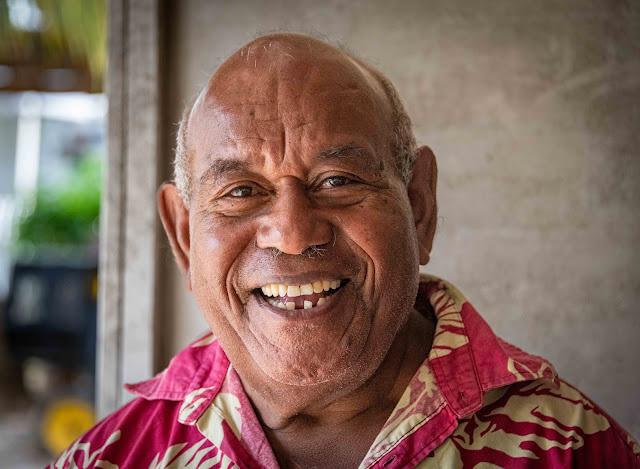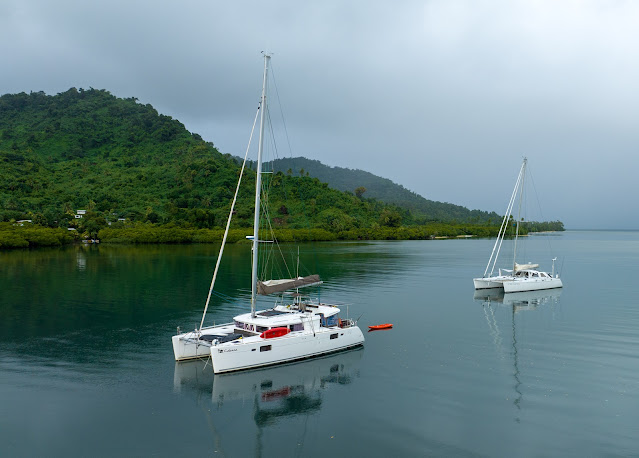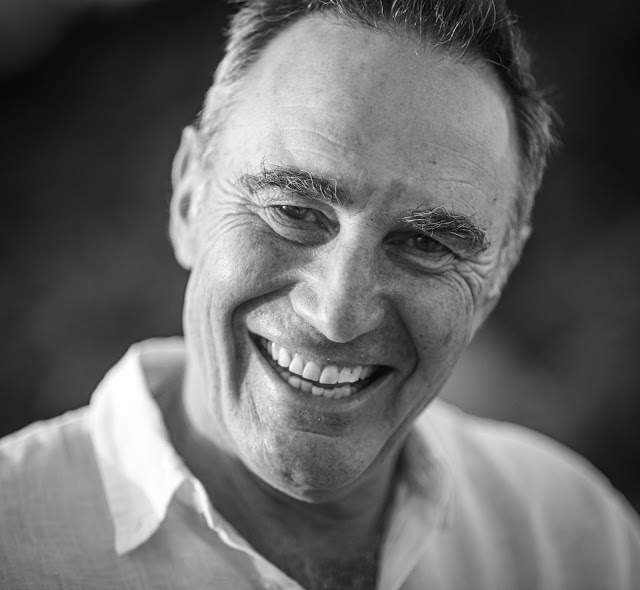We left Ressie on Taveuni Island, Fiji's third largest, when there was a crew change. Two new crew flew in, and also two new crew arrived for Cabana. Some fun meetings at changeover time.
Then George and I got established at a small resort called Makaira near the Matei Airport in the north of the island, and arranged some shore trips. The first was to the Lavena coastal walk on the east side of the island.
See the Lavena Coastal Walk on the east side, and Waiyevo on the west.
We hired a taxi for the day, then a banana boat and a guide.
Pio and his taxi
Vi the banana boat skipper
A village on the Taveuni east coast road
Friendly people on the roadside
A barking imperial pigeon (Ducula latrans). It does indeed sound like a dog.
Red ginger flower
Tree roots
Wainibau Falls
Kudzu strangler vines
During World War II, kudzu was introduced to Vanuatu and Fiji by United States Armed Forces to serve as camouflage for equipment and has become a major weed.
Hawk-moth caterpillar (Deilephila elpenor)
Hawk-moth caterpillars
On the second day on Taveuni, we got Pio to drive us down the west coast to Waiyevo to visit a conservationist who runs a farm and gives tours of bird-watching and plants. Bobby is an Indian-Fijian who feels passionately about biodiversity and preserving trees. It was an interesting visit.
Bobby, man of the trees.
Pacific long-tailed cuckoo (Urodynamis taitensis)
It was also interesting to hear from an Indian-Fijian about politics, which have been difficult for people from his culture. Here is a brief precis of the story for people who are unfamiliar with it.
Fiji was a very savage country in the nineteenth century, with constant wars and much brutality.
After declining to annexe Fiji at the request of the local King Cakobau a few times, Britain finally agreed in 1874; 96 years of British rule followed. Between 1879 and 1916, tens of thousands of Indians moved to Fiji to work as indentured labourers, especially on sugarcane plantations.
Over time, the Indo-Fijian community grew, and after independence in 1970, it developed into being able to threaten the political power of the native Fijian party. This lead to a series of military coups.
1987 Fijian coups d'état. Led by Lieutenant Colonel Sitiveni Rabuka.
The coups triggered much emigration by Indo-Fijians (particularly skilled workers), making them a minority by 1994.
2000 Fijian coup d'état. A group of armed men led by failed businessman George Speight stormed the Fijian Parliament and took the government hostage.
2006 Fijian coup d'état. Led by Commodore Frank Bainimarama, Commander of the Republic of Fiji Military Forces. Bainimarama stated that he launched the coup in order to "lead us into peace and prosperity and mend the ever widening racial divide that currently besets our multicultural nation". Australian journalist Hamish McDonald described it as "a revolution against the country's chiefly and church establishment". There was strong criticism of the coup by many domestic observers, but public protests were much more muted than in 2000. Australia and New Zealand condemned the coup, and several international organizations imposed penalties on Fiji. Debates over the constitutionality of the coup continued until 2009, when the High Court of Fiji ruled the coup unconstitutional, precipitating the 2009 Fijian constitutional crisis.
In March 2014 Bainimarama announced that elections under the new constitution would take place in September that year. He immediately announced that he would form a new political party, FijiFirst, to contest them. The 2014 Fijian general election was held on 17 September 2014, and resulted in FijiFirst winning 32 of 50 seats in the new Parliament of Fiji and forming a government which was effectively a continuation of the military regime.
Elections since last coup.
2014. Prime Minister Frank Bainimarama (Leader of third coup).
2018. Prime Minister Frank Bainimarama
2022. Prime Minister Sitiveni Rabuka (Leader of first coup).
Doesn't look like a very convincing democratic outcome!
On the surface, we found Fijians very friendly and apparently happy. But it didn't take much digging to reveal clues that the situation politically was quite fragile. Our ethnic Fijian coastal path guide asked: 'How would you feel if a foreigner was the leader of your country?' (Meaning that he thought the coups were justified to keep Indo-Fijians out of power.)
An Indo-Fijian told us that applications for agriculture grants always went to ethnic Fijians, not to Indo-Fijians. His land titles had been 'lost' and replaced with short term grants.























































































































